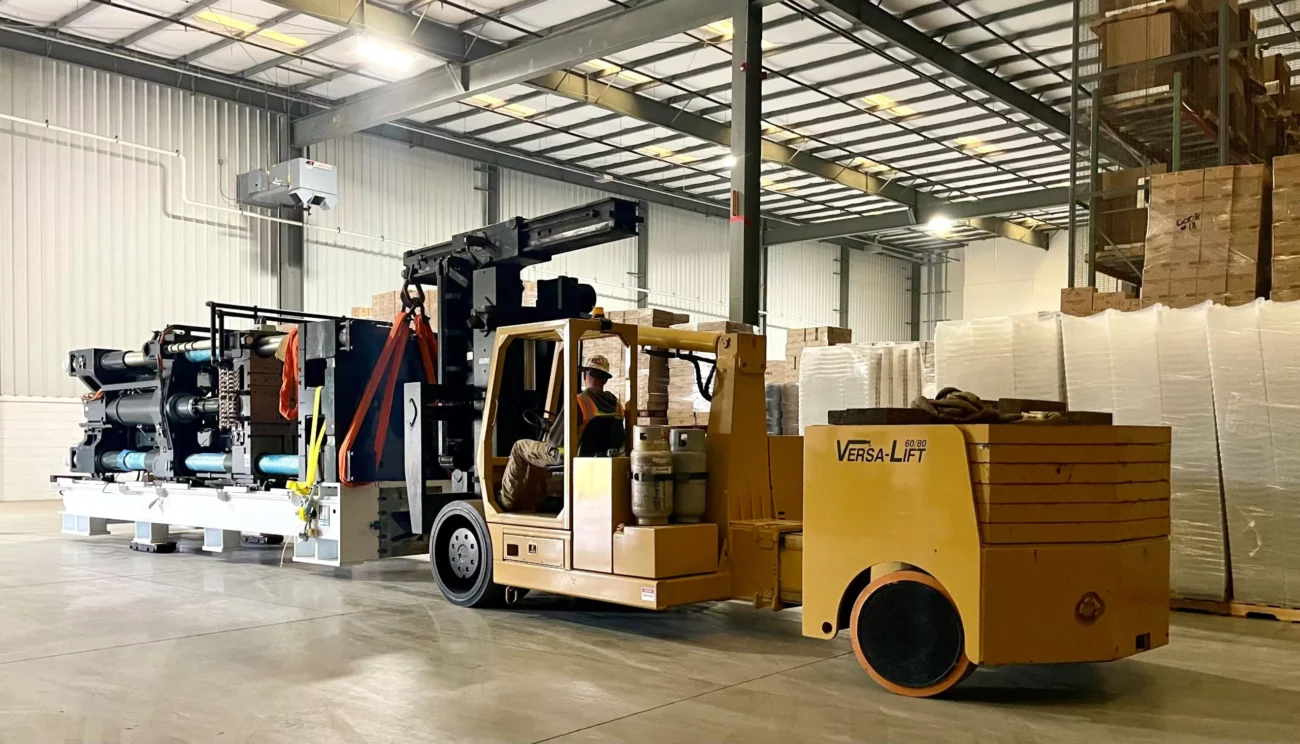
In the dynamic field of industrial operations, moving heavy machinery remains a pivotal and challenging task. As we approach 2024, the complexity and scale of this task have evolved, necessitating a more nuanced approach to ensure safety and efficiency.
This blog post delves into the expert tips and tricks for safely relocating heavy machinery, a crucial aspect of modern industrial practices.
We aim to provide comprehensive guidance, covering everything from the initial assessment of machinery to the final steps of transportation, ensuring that readers are equipped with the latest knowledge and techniques for a safe and successful move.
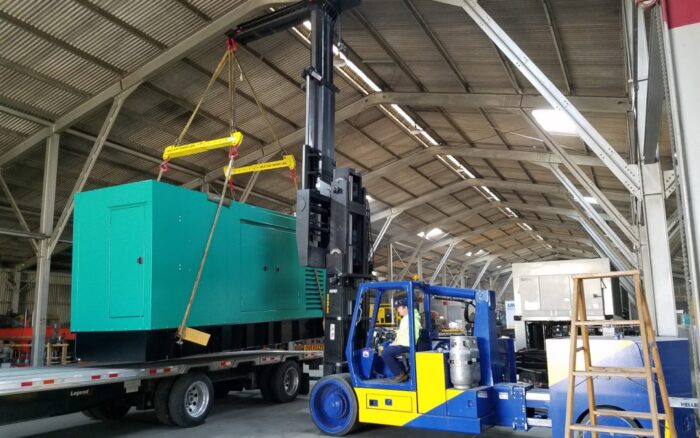
Assessing the Machinery
The first step in safely moving heavy machinery is a thorough assessment, a process that cannot be overstated. Understanding the physical characteristics of the machinery—its weight, dimensions, and structural integrity—is crucial.
Additionally, it’s important to evaluate any special requirements the machinery might have, such as sensitivity to vibrations or temperature changes.
This initial evaluation sets the stage for the entire moving process, influencing decisions on transportation methods, equipment selection, and the design of the safety plan.
Special attention should be given to identifying any potential hazards or operational issues that might arise during the move, ensuring that preventive measures are in place to address these risks effectively.
Safety Planning
Developing a comprehensive safety plan is a cornerstone in the process of moving heavy machinery. This plan should encompass a wide range of considerations, from the identification of potential hazards to the implementation of emergency protocols.
Key elements include a detailed route analysis, understanding environmental conditions, and preparing for any unforeseen circumstances.
The plan should also incorporate safety training for all personnel involved, clear communication protocols, and the allocation of appropriate safety gear. Regular drills and reviews of the safety plan are essential to keep everyone updated and prepared.
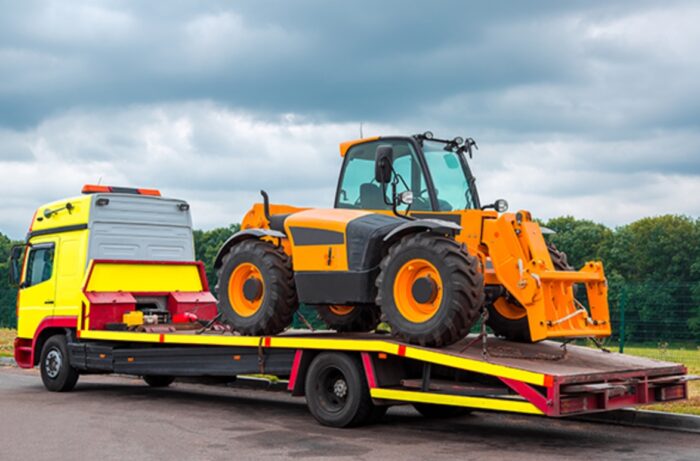
Gathering the Right Equipment
Selecting the right equipment for moving heavy machinery is a critical aspect of the process. The equipment must be capable of handling the weight and size of the machinery while ensuring safety.
Essential items include heavy-duty lifting gear, like cranes and hoists, specialized transport vehicles, and securing tools such as straps and chains.
It’s also important to have contingency equipment available, like extra support structures or emergency repair kits. A comprehensive checklist should be created, detailing all the required equipment and ensuring everything is in optimal condition before the move.
Also, you should always consider hiring professionals such as AIS Eurelo to do the heavy lifting.
Proper Training
Having a team of well-trained professionals is vital for the safe movement of heavy machinery. The team should not only be skilled in operating the necessary equipment but also be well-versed in safety protocols and emergency response procedures.
Training programs should include both theoretical knowledge and practical hands-on experience, with a focus on specific scenarios that might be encountered during the move.
Regular training sessions and refresher courses are crucial to keep the team’s skills sharp and up-to-date.

Securing the Work Area
Ensuring a secure work environment is a critical aspect of moving heavy machinery. The area should be thoroughly inspected for potential hazards, and appropriate safety measures should be put in place. This includes securing loose objects, ensuring adequate lighting, and establishing clear pathways for moving the machinery.
It’s also important to restrict access to the work area to authorized personnel only, preventing accidental intrusions that could lead to safety breaches.
Regular monitoring and maintenance of the work area throughout the moving process help in promptly addressing any emerging risks.
Load Securement
Securing the load properly is crucial for the safe transportation of heavy machinery. This involves using the right combination of chains, straps, and other securing devices to ensure the machinery is firmly anchored to the transport vehicle.
The securement method should be chosen based on the machinery’s weight, shape, and fragility, ensuring that it is held firmly in place without causing damage.
It’s also essential to regularly inspect the securement during transportation, adjusting as necessary to account for any shifts or changes in load distribution.
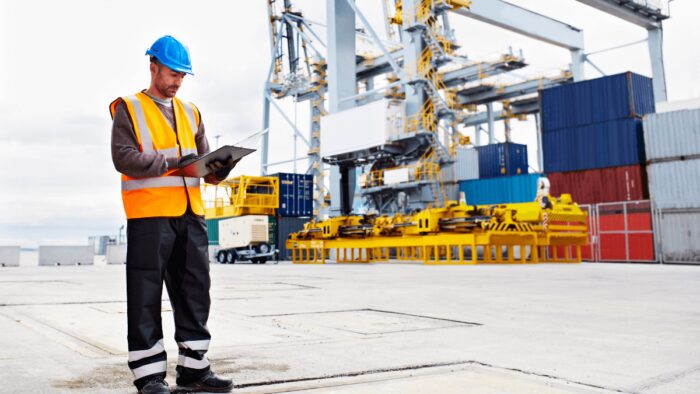
Handling Heavy Loads
Handling heavy loads safely is a complex task that requires expertise and careful planning. Key techniques include using the correct lifting equipment, maintaining a balanced load, and ensuring smooth and controlled movements. It’s important to follow established lifting protocols, avoiding abrupt movements or overloading the equipment.
Additionally, the team should be trained in recognizing and responding to signs of strain or instability in the load. Effective handling of heavy loads not only ensures the safety of the machinery but also protects the personnel involved in the operation, making it a critical component of the overall safety strategy.
Transportation Considerations
Choosing the right transportation method is essential for the safe and efficient movement of heavy machinery. Factors such as the machinery’s size, weight, and transport distance play a crucial role in this decision.
It’s important to select a vehicle that can accommodate the load safely while complying with legal and regulatory requirements. Route planning is also critical, taking into account road conditions, traffic patterns, and potential obstacles.
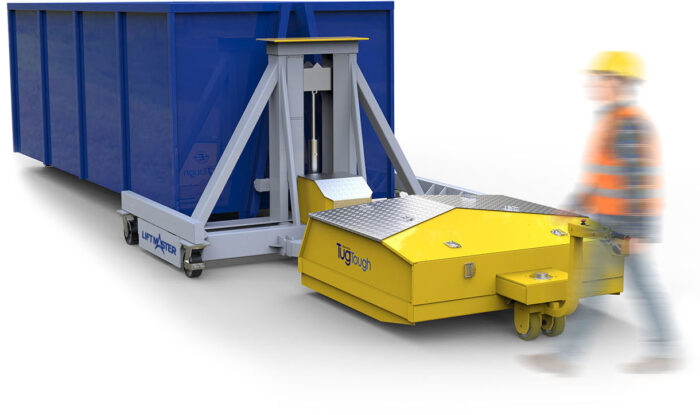
Communication
Clear and effective communication among the team is paramount for the safe movement of heavy machinery. This involves establishing a communication protocol that includes regular check-ins, clear instructions, and a system for reporting any issues or concerns.
Communication should be concise and unambiguous, ensuring that all team members are on the same page. The use of communication tools, such as radios or hand signals, can be beneficial, especially in noisy or visually obstructed environments.
Common Mistakes to Avoid
There are several common mistakes that can jeopardize the safety of moving heavy machinery. These include underestimating the weight of the machinery, neglecting proper safety checks, using inadequate equipment, and poor planning.
Another mistake is overlooking the importance of continuous training and safety education for the team.
To prevent these errors, it’s crucial to approach the task with diligence and thoroughness, ensuring that every aspect of the move is carefully considered and executed.
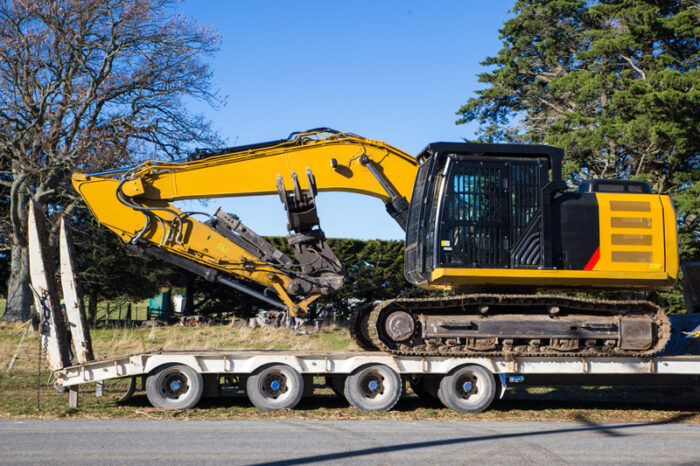
Conclusion
Safely moving heavy machinery is a complex task that requires careful planning, the right equipment, and a well-trained team. By following the expert tips and tricks outlined in this blog post, individuals and organizations can ensure that their machinery is moved safely and efficiently. Remember, safety should always be the top priority in any heavy machinery moving task.





